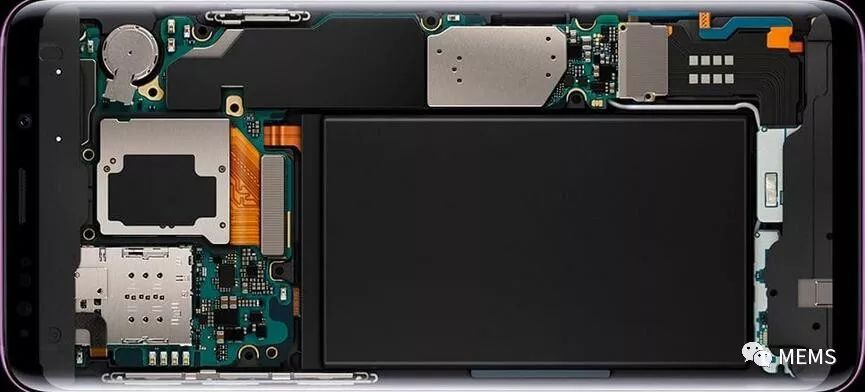
Several tech reviewers have recently published detailed teardown analyses of the upcoming Samsung Galaxy S9, and most of them agree that the design lacks originality compared to last year’s Galaxy S8. They describe it as “too similar†or “without surprise.†In terms of appearance, there's little debate about this assessment. However, Romain Fraux, head of SystemPlus Consulting in Nantes, France, shared some interesting findings after disassembling the European version of the Galaxy S9. His team uncovered several hardware innovations that suggest Samsung is still pushing the boundaries of smartphone technology.
One key discovery was the possible use of a modified semi-additive process (mSAP) in the application processor. This technique, also used by Apple in the iPhone X, allows for more advanced PCB stacking. Additionally, STMicroelectronics appears to be a major beneficiary of the Galaxy S9’s component choices. The phone includes ST’s pressure sensor and a 6-axis inertial measurement unit (IMU), both of which contribute to enhanced performance and user experience.
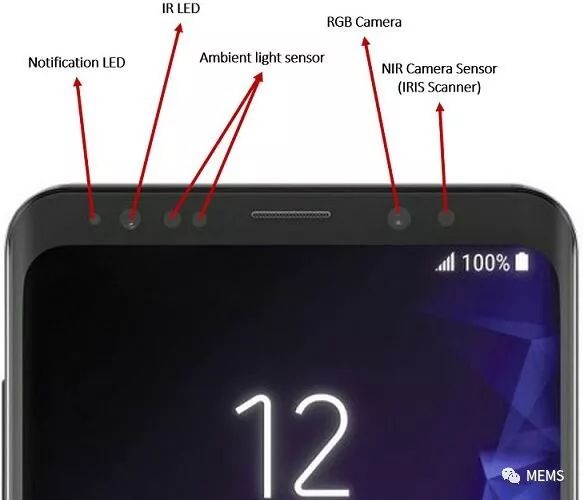
Inside the camera module, Samsung has integrated its own dual-lens system. This new design builds on Sony’s three-layer stacked CMOS image sensor, incorporating embedded DRAM for faster data processing. The camera also features an ST 2-axis MEMS gyroscope, which enables optical image stabilization. Another standout feature is the iris diaphragm technology, allowing the camera to automatically adjust the aperture based on lighting conditions.
The Galaxy S9 also supports multiple biometric authentication methods, including fingerprint recognition, iris scanning, and facial recognition. However, it doesn’t include a TrueDepth camera like the iPhone X, which uses a combination of dot projectors, infrared cameras, floodlights, and time-of-flight sensors for Face ID.
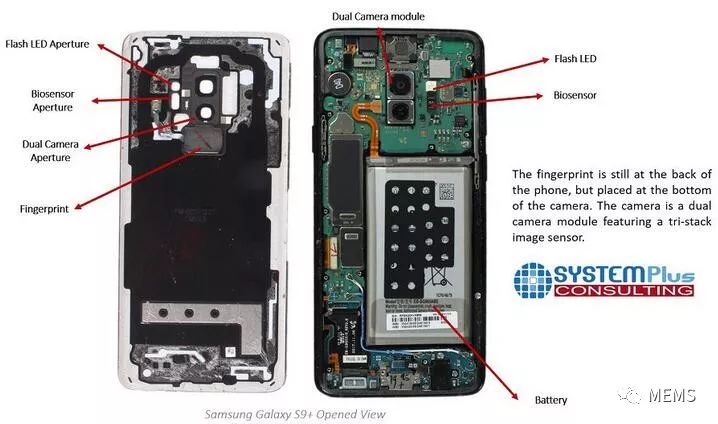
In terms of wireless connectivity, the Galaxy S9 uses a Broadcom RF module that includes a power amplifier and bulk acoustic wave (BAW) filter. This setup supports both high and medium frequency bands, and it’s believed that integrating these components into a single solution improves overall performance. According to Fraux, this design is similar to what Broadcom originally developed for the iPhone X.
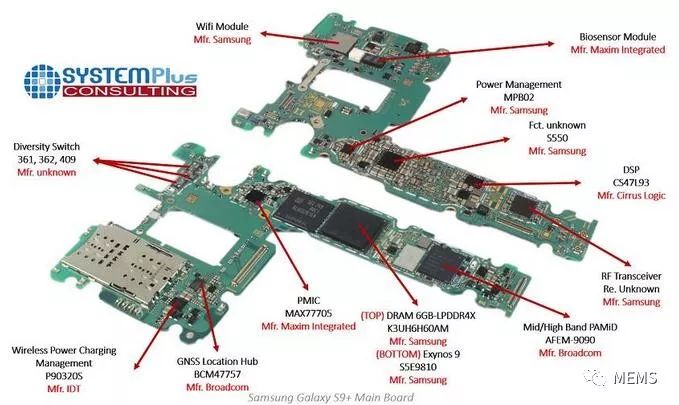

When it comes to front-end wireless systems, companies like Broadcom and Qorvo have long dominated the market. Recently, Qualcomm has been making moves to gain a foothold. However, according to Fraux, Qorvo components were not found in the Galaxy S9, suggesting that Samsung may have opted for other suppliers.
For a closer look at the internal components, check out the images below:
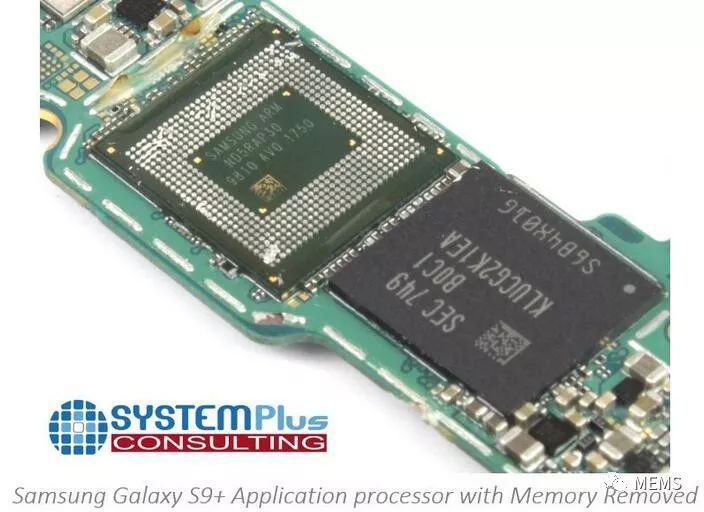
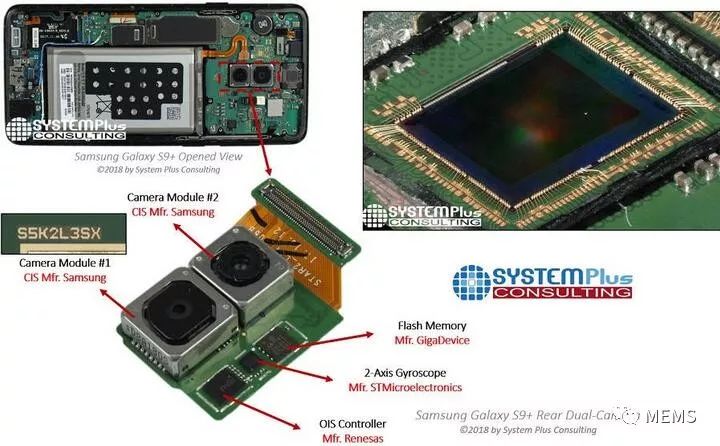
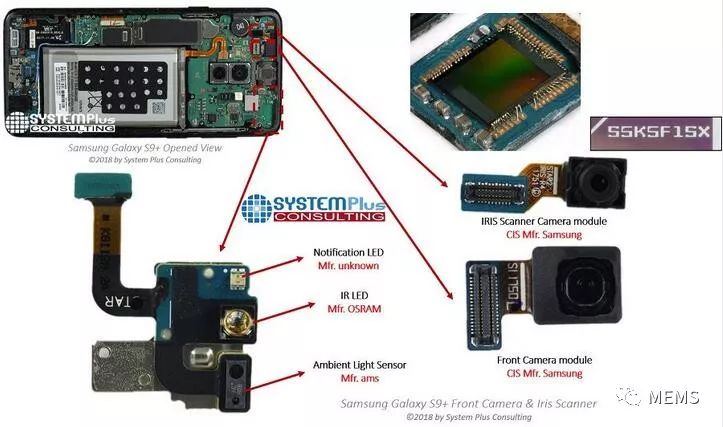
Explosion Proof Motor,Explosion Proof Servo Motor,Exproof Motors,Explosion Proof Ac Motor
Yizheng Beide Material Co., Ltd. , https://www.beidevendor.com